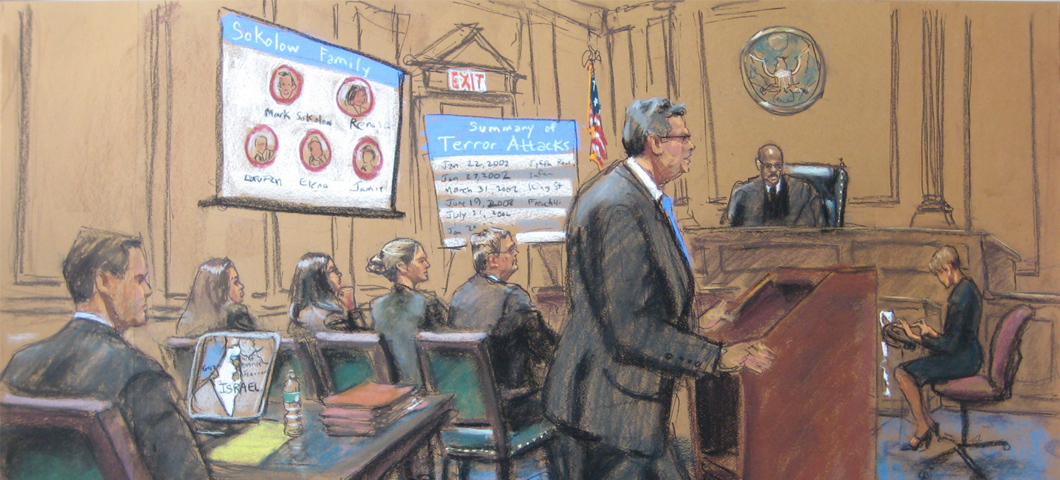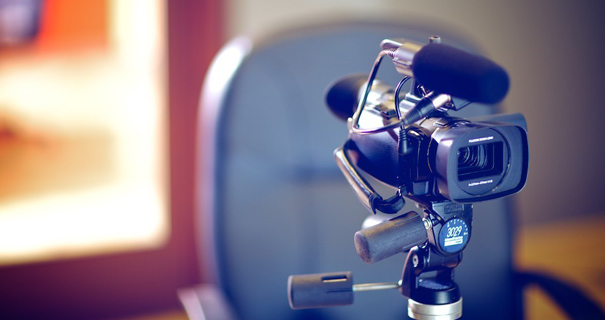How Trial Presentations Can Affect the Outcome of a Legal Case
How Trial Presentations Can Affect the Outcome of a Legal Case
Blog Article
Just How Efficient Trial Discussions Can Win Your Situation
The performance of test presentations is typically underestimated, yet they play an essential role fit juror perceptions and influencing instance end results. By recognizing the audience and crafting a story that resonates on both intellectual and psychological levels, attorneys can substantially enhance their convincing power. Moreover, the critical usage of visuals and improved delivery methods can raise the clearness of complicated details. As we explore the components that add to a compelling test presentation, the question remains: what specific methods can attorneys utilize to ensure their message not only resonates yet also forces action?

Recognizing Your Target Market
Recognizing your audience is essential for delivering a reliable test presentation. Knowing who will certainly be existing in the court-- jurors, courts, and opposite guidance-- enables you to tailor your message in a way that resonates with them. Each team has distinctive assumptions, biases, and histories, which can substantially affect their perception of the situation.
For jurors, it is vital to think about demographics, life experiences, and cognitive biases. Jurors might come from various professions and social backgrounds, influencing their analysis of proof and arguments. Involving with them through relatable examples and clear, straightforward language can promote much better understanding and compassion.
Juries, on the other hand, focus on legal criteria and step-by-step honesty. Discussions must be concise and grounded in the legislation while valuing court decorum. Comprehending the judge's choices and past rulings can better enhance your strategy.
Efficient communication rests on recognizing these distinctions and adjusting your presentation style as necessary (trial presentations). By anticipating the target market's reactions and resolving their problems, you can develop an extra persuasive story that mesmerizes focus and promotes positive end results
Crafting an Engaging Narrative
A well-crafted narrative works as the foundation of an effective test discussion, guiding the target market with complicated details while stimulating emotional actions. This narrative must start with a clear and appealing introduction that sets the phase, outlining the essential themes and concerns at risk. Developing a relatable protagonist-- commonly the client-- can produce a personal link with the jury, attracting them right into the tale.
The body of the narrative should offer the truths in a logical series, weaving together proof and statement to construct a cohesive debate. Each piece of info must support the overarching theme, enhancing the preferred message without overwhelming the audience with unnecessary information. Shift phrases can be specifically powerful, assisting to maintain circulation and keep the court involved.
Eventually, the final thought should reverberate psychologically, summarizing the instance's importance and prompting the jury to take activity via their decision. By crafting an engaging story that is both structured and mentally powerful, lawyers can successfully share their case's qualities, making it much easier for jurors to recognize and remember the bottom lines long after the test concludes. This technique not just notifies however additionally convinces, boosting the probability of a beneficial end result.
Making Use Of Visual Aids Efficiently

Aesthetic help play a crucial function in improving test discussions, changing complicated data right into obtainable information that jurors can easily understand. By making use of graphes, charts, layouts, and multimedia elements, attorneys can clarify elaborate points and retain jurors' attention. Aesthetic help assist in the understanding of proof, making abstract ideas tangible and relatable.
When selecting aesthetic help, significance and simpleness are critical. Each aesthetic need to directly sustain the instance narrative and enhance vital debates without overwhelming the viewer. Overly intricate visuals can take away from the message, creating complication instead than clarity.
Additionally, the strategic positioning of visual aids during discussions is essential. They need to be presented at zero hours to highlight vital evidence or to highlight significant adjustments or patterns. This timing allows jurors to refine info successfully, enhancing retention and recall throughout deliberations.
In addition, it is important to make certain that visual aids are technologically suitable with the courtroom setting. Familiarity with the devices and visit this site right here a back-up strategy can protect against technical problems that might interrupt the flow of the presentation. In summary, effective usage of aesthetic aids can significantly boost a test presentation, bring about a stronger link with the jury and a more convincing instance on the whole.
Engaging Feeling and Empathy
While offering accurate proof is necessary, appealing feeling and empathy in trial presentations can profoundly affect jurors' understandings and decisions. Jurors are not simply decision-makers; they are humans that react to stories that resonate on a personal level. By weaving psychological components right into the discussion, lawyers can create a connection that transcends simple data and legal lingo.
Storytelling is a powerful tool in this context. By providing the situation as a story that highlights the human effect of the occasions in question, attorneys can evoke feelings of empathy, rage, and even fear - trial presentations. These feelings can significantly sway jurors, making them more probable to feel sorry for the complainant or offender

Ultimately, a trial discussion that efficiently engages emotion and compassion can develop an engaging argument that resonates deeply, leading jurors to feel an individual stake in the case, thereby raising the possibilities of a favorable decision.
Exercising Delivery Methods
Engaging feeling and empathy lays a solid structure for trial presentations, but the performance of these aspects pivots on the distribution strategies used by the attorney. Understanding delivery techniques is necessary for ensuring that the message resonates with the jury. This entails exercising tone, rate, and body movement to boost credibility and connection with the target market.
Practicing the discussion several times enables attorneys to refine their style and identify areas for renovation. Recording session can provide valuable insights right into one's nonverbal signs and vocal inflections, assisting to eliminate distracting practices. Additionally, soliciting responses from peers can highlight toughness and weaknesses, directing further refinement.
Effective use stops can likewise be a powerful technique; they permit the court to absorb important Discover More Here info and heighten psychological effect. Attorneys should additionally be mindful of eye contact, as it cultivates depend on and interaction with jurors.
Ultimately, the combination of exercised shipment strategies and the psychological resonance of the discussion can dramatically affect the jury's assumption, producing a compelling situation that stands out in their minds. The power of well-executed shipment can not be overstated in the pursuit of a desirable verdict.
Conclusion
In summary, efficient test discussions are pivotal in influencing juror choices. advice Mastering distribution methods additionally amplifies these elements, eventually adding to an influential case discussion.
Report this page